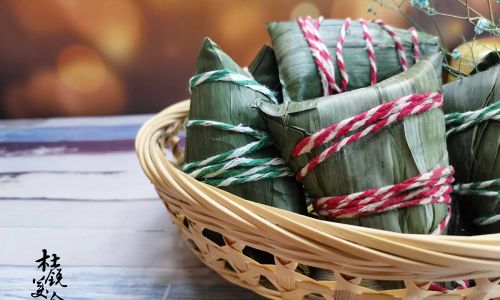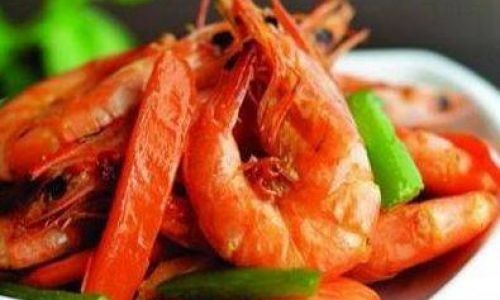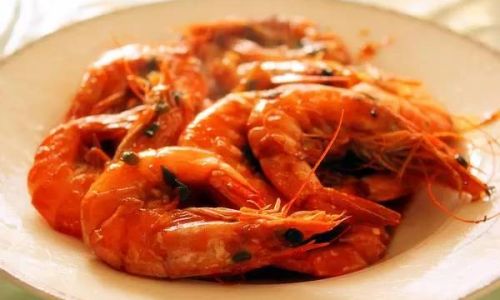Introduction
Zongzi, a beloved traditional Chinese dish, has captivated taste buds for centuries with its rich history and diverse flavors. These pyramid-shaped dumplings, made from glutinous rice and filled with ingredients like red bean paste, pork, or salted egg yolk, are a staple during the Dragon Boat Festival and beyond. However, for those unfamiliar with their preparation, a common dilemma arises: Should frozen zongzi be cooked in cold water or hot water? This article delves into the science, cultural practices, and culinary techniques behind this question, offering a definitive guide to achieving perfectly cooked zongzi every time.
The Cultural Significance of Zongzi
Before addressing the cooking method, it is essential to understand the cultural weight of zongzi. Originating over 2,000 years ago to honor the patriotic poet Qu Yuan, zongzi symbolizes unity, tradition, and respect for heritage. Today, they are enjoyed globally, with regional variations reflecting local tastes. For example, southern Chinese zongzi often feature savory fillings like pork and mushrooms, while northern versions might lean toward sweet red bean paste. Regardless of the filling, the cooking process remains pivotal to preserving texture and flavor.

The Freezing Dilemma: Why Zongzi Are Frozen
Modern lifestyles have democratized access to zongzi, with frozen varieties available year-round. Freezing extends shelf life without compromising quality, but it introduces a critical step: thawing and cooking. Unlike fresh zongzi, which can be steamed or boiled directly, frozen ones require careful handling to avoid uneven cooking or a mushy texture. This brings us to the core question: cold water or hot water?
The Case for Cold Water: Gradual Thawing and Even Cooking
Advocates of the cold-water method argue that it ensures gentle, even heating. Here’s why:
- Controlled Thawing: Submerging frozen zongzi in cold water allows them to thaw gradually, preventing sudden temperature shocks that can rupture the bamboo leaves or glutinous rice.
- Uniform Heat Distribution: As the water warms slowly, heat penetrates the zongzi from all sides, reducing the risk of overcooking the exterior while the interior remains frozen.
- Texture Preservation: Slow cooking helps maintain the rice’s chewiness and the filling’s integrity, avoiding the gloopiness associated with rapid boiling.
Step-by-Step Cold-Water Method:
- Fill a large pot with enough cold water to submerge the zongzi.
- Add the frozen dumplings, ensuring they are fully covered.
- Place the pot over medium heat and bring to a simmer (not a rolling boil).
- Cook for 30–45 minutes, depending on size, then test for doneness (the rice should be tender, and the filling heated through).
The Case for Hot Water: Speed and Flavor Sealing
On the flip side, hot-water proponents prioritize efficiency and flavor retention:
- Faster Cooking: Boiling water jumpstarts the cooking process, reducing overall time by 10–15 minutes compared to cold-water methods.
- Flavor Lock: High heat seals the bamboo leaves’ aromatic oils into the rice, enhancing the zongzi’s fragrance.
- Crispier Leaves: Rapid boiling can soften the leaves without making them soggy, a preference for those who enjoy a slight leafy texture.
Step-by-Step Hot-Water Method:

- Bring a pot of water to a rolling boil.
- Gently lower the frozen zongzi into the water using tongs or a slotted spoon.
- Reduce heat to maintain a gentle simmer.
- Cook for 20–30 minutes, then check for doneness.
The Science Behind the Methods
To resolve the debate, we must examine the physics of cooking. Frozen zongzi contain ice crystals that disrupt cell structures. Cold-water cooking allows these crystals to melt slowly, preventing cellular rupture and moisture loss. In contrast, hot water causes rapid melting, which can lead to texture inconsistencies. However, modern freezing techniques (e.g., flash-freezing) may mitigate some of these issues, making hot-water cooking viable for commercially produced zongzi.
Common Mistakes and How to Avoid Them
- Overcrowding the Pot: Overlapping zongzi creates uneven heat distribution. Use a pot large enough to accommodate them with space to move freely.
- Ignoring Doneness Tests: Poking a zongzi with a chopstick or thermometer (target 165°F/74°C internal temperature) ensures safety and quality.
- Skipping the Soak: Some recipes recommend soaking dried bamboo leaves before wrapping zongzi. For frozen ones, this step is unnecessary but ensures pliable leaves.
Regional Variations and Expert Tips
- Southern China: Cooks often prefer cold-water methods for savory zongzi, as the slow cook melts fat into the rice, infusing flavor.
- Northern China: Hot-water methods are common for sweet zongzi, as they caramelize sugars slightly.
- Expert Tip: Add a pinch of salt to the cooking water to enhance the rice’s natural sweetness.
Storage and Reheating: Maximizing Freshness
Proper storage is as critical as cooking:
- Freezing: Wrap zongzi tightly in plastic or foil to prevent freezer burn. Consume within 3 months.
- Reheating: Use the same method as initial cooking. Avoid microwaving, as it can dry out the rice.
Troubleshooting Guide
- Mushy Rice: Overcooking or high heat. Switch to cold-water method and reduce cooking time.
- Undercooked Filling: Ensure thorough simmering. For large zongzi, increase time by 5–10 minutes.
- Torn Leaves: Thaw frozen zongzi in the fridge overnight before cooking to reduce leaf brittleness.
The Verdict: Cold vs. Hot Water
The optimal method depends on context:
- Cold Water: Best for texture preservation, large batches, or traditional recipes.
- Hot Water: Ideal for speed, convenience, or commercially prepared zongzi.
Ultimately, experimentation is key. Home cooks may prefer cold water for its forgiving nature, while busy households might opt for hot water’s efficiency.
Beyond the Basics: Creative Zongzi Variations
Modern chefs are reimagining zongzi with global twists:

- Vegan Zongzi: Stuffed with quinoa, mushrooms, and nuts.
- Dessert Zongzi: Filled with chocolate or coconut.
- Sushi Zongzi: A fusion of Japanese and Chinese cuisines, using sushi rice and seaweed.
Regardless of the filling, the cooking method remains foundational.
Conclusion: Celebrating Tradition with Precision
The debate over cold vs. hot water underscores the delicate balance between tradition and practicality. While purists may swear by cold-water methods for their authenticity, modern cooks appreciate the flexibility of hot-water techniques. By understanding the science and cultural nuances, you can honor zongzi’s heritage while adapting to contemporary needs. Whether you choose the slow simmer or the rapid boil, the result should be a harmonious blend of flavors—a testament to the enduring appeal of this ancient dish.
Final Tip: Serve zongzi with a drizzle of honey, a sprinkle of toasted sesame seeds, or a side of ginger tea to elevate the experience. Bon appétit!






0 comments